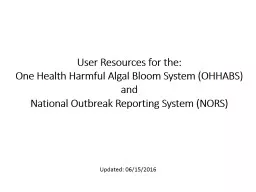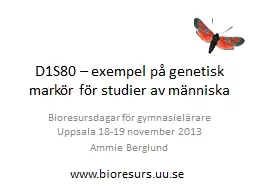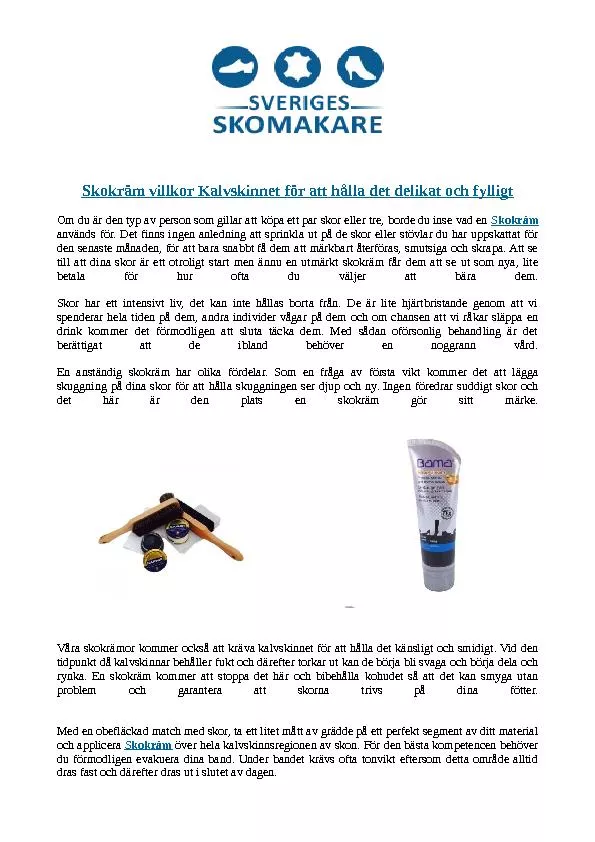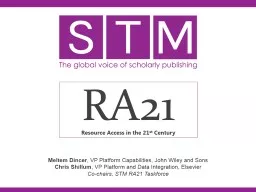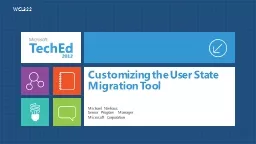PPT-User Resources for the:
Author : jane-oiler | Published Date : 2018-09-23
One Health Harmful Algal Bloom System OHHABS and National Outbreak Reporting System NORS Updated 06152016 Purpose of the OHHABS and NORS Informational Resources
Presentation Embed Code
Download Presentation
Download Presentation The PPT/PDF document "User Resources for the:" is the property of its rightful owner. Permission is granted to download and print the materials on this website for personal, non-commercial use only, and to display it on your personal computer provided you do not modify the materials and that you retain all copyright notices contained in the materials. By downloading content from our website, you accept the terms of this agreement.
User Resources for the:: Transcript
Download Rules Of Document
"User Resources for the:"The content belongs to its owner. You may download and print it for personal use, without modification, and keep all copyright notices. By downloading, you agree to these terms.
Related Documents

